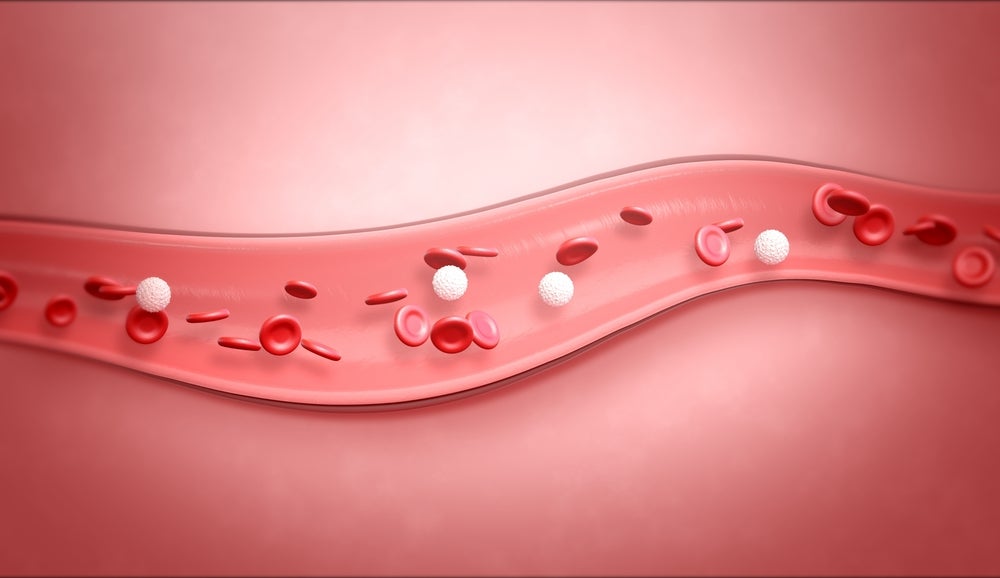Determining the Role of Precision Medicine in Patient Diagnosis and Treatment
In the not too distant future, a cancer patient will be screened in a clinical trial to establish inclusion and exclusion criteria. A tumor biopsy specimen sample will be collected from the cancer patient and this sample will be sent to an outside central laboratory for whole genome sequencing and genetic analysis. In addition, a blood sample will be drawn from the cancer patient and screened for biomarker assays to establish a micro-RNA (miRNA) profile (1). The miRNAs are a class of small noncoding RNA (ribonucleic acid) molecules that regulate (and serve as) tumor suppressor genes and oncogenes by binding to the 3´-untranslated region of the messenger-RNA, or mRNA (3). An important feature of miRNAs are their stability in tissues and biofluids, making them responsive to reliable measurement and excellent candidate biomarkers of early progression to cancer malignancy (1).
In personalized/precision medicine, the information obtained from miRNA biomarker assays and from whole genome sequencing in terms of the cancer patient’s genes, proteins, and other features of a patient’s cancer, will be the hallmark to establish a distinct cancer profile for the patient, and for the clinician the genetic blueprint to determine a specific diagnosis (2). In other words, based on the patient’s distinct genomic profile, the information obtained will be used to target and treat the patient’s particular disease (2). Furthermore, in order to identify for normal growth and development to occur in a cell, there is a corresponding gene code for that information in the normal cellular process. Understanding the differentiation of genetic mutations in the underlying normal cast of cells can be a powerful tool, and is the basis behind genome-based personalized/precision medicine.
Another tool with the potential of being implemented in the personalized/precision medicine space is the CRISPR technology. CRISPR is an acronym for: Clustered Regularly Interspaced Short Palindromic Repeats (3). CRISPRs were first identified as segments of prokaryotic DNA containing short, repetitive base sequences (3). Their function plays a key role in bacterial defense systems, and forms the basis of a genome editing technology known as CRISPR-Cas9 (3). With the CRISPR/Cas9 genome editing techniques, scientists now have the potential to modify or edit specific regions in the genome (3). An example of this gene editing tool application is the mutation of the cystic fibrosis transmembrane receptor (CFTR) locus on Chromosome 7, which is the cause of cystic fibrosis (CF).
Without delving too deep into the science, here engineered CRISPR/Cas-9 plasmids targeting the CFTR locus are transfected in vitro into intestinal stem cells of the CF patient (4). CRISPR/Cas-9 induces specific double strand break of the CFTR locus on Chromosome 7 which is then degraded, and wild type CFTR cDNA is inserted into the genome by homologous recombination (4). The corrected intestinal stem cells are now functioning normal and, in theory, a clinician can then procure these cells and surgically transplant these cell lines into the organ tissue of the CF patient. This stem-cell/CRISPR platform is one example of how the gene editing tool will be applied in the clinical setting, however, the possibilities of gene editing tools and the new technologies based on those concepts remain in the early development stage.
The Role of Technology in Virtual Clinical Trials
The smart phone and tablet, or wearable devices like the smart watch and fitness bands, will be the conduit driving the success of virtual clinical trials. Patient recruitment through social media, electronic informed consent, real time electronic data capture, blood tests on a strip, and many more tasks being performed during a clinical trial study, will be captured on these devices under the virtual clinical trial platform. Based on Moore’s Law, the software and hardware technology driving these devices will exponentially increase performance capacity and capability going forward, allowing for new cutting edge innovations in the way virtual clinical trials will be conducted.
See Also:
The advent of cloud technology will provide platforms to store and transfer tremendously large volumes of data and give direct access of patient data to the sponsor and the participating clinical setting in a seamless process. Virtual Reality (VR) headwear will enable the physician and the patient to interact in the VR space, whether virtually at the patient’s home or in the doctor’s office, and data from these events will be captured in the cloud.
How well do you really know your competitors?
Access the most comprehensive Company Profiles on the market, powered by GlobalData. Save hours of research. Gain competitive edge.

Thank you!
Your download email will arrive shortly
Not ready to buy yet? Download a free sample
We are confident about the unique quality of our Company Profiles. However, we want you to make the most beneficial decision for your business, so we offer a free sample that you can download by submitting the below form
By GlobalDataAnd finally, in the not too distant future, Artificial Intelligence (AI) will eventually have the capability to drive the virtual clinical trial processes under the AI self-learning platform, which is the same technology being applied today to autonomous or self-driving cars, and in tablet or phone devices with Amazon’s Alexa and Apple’s Siri, of course Watson from IBM. In other words, AI will completely change the landscape for the pharmaceutical industry as we know it, and I hope to provide more detail in this endeavor in a future article.
Keleni Micheal Tukia, M.D.
To read Part One of Two Roads Diverge at the Pharma Crossroads, click here
References
1) Jennifer B Permuth, Christina Georgeades & Mokenge Malafa, “miRNAs as biomarkers of high-risk pancreatic cysts: a possible holy grail for the early detection of pancreatic cancer.” Future Oncology (2015) 11(23), 3105–3108
2) Richard Simon & Sameek Roy Chowdhury; Nature Reviews Drug Discovery. 12,358 369(2013) doi:10.1038/nrd3979 Published online 30 April 2013
3) Jinek M,Chylinski K, Fonfara I, Hauer M, Doudna JA, Charpentier E, A programmable dual-RNA-guided DNA endonuclease in adaptive bacterial immunity. Science. 2012 Aug 17; 337 (6096): 816-21. doi: 10.1126/science.1225829. Epub 2012 Jun 28.
4) Schwank G, Koo BK, Sasselli V, Dekkers JF, Heo I, Demircan T, Sasaki N, Boymans S, Cuppen E, van der Ent CK, Nieuwenhuis EE, Beekman JM, Clevers H., Functional repair of CFTR by CRISPR/Cas9 in intestinal stem cell organoids of cystic fibrosis patients. Cell Stem Cell 2013 Dec 5;13(6):653-8. doi: 10.1016/j.stem.2013.11.002.







